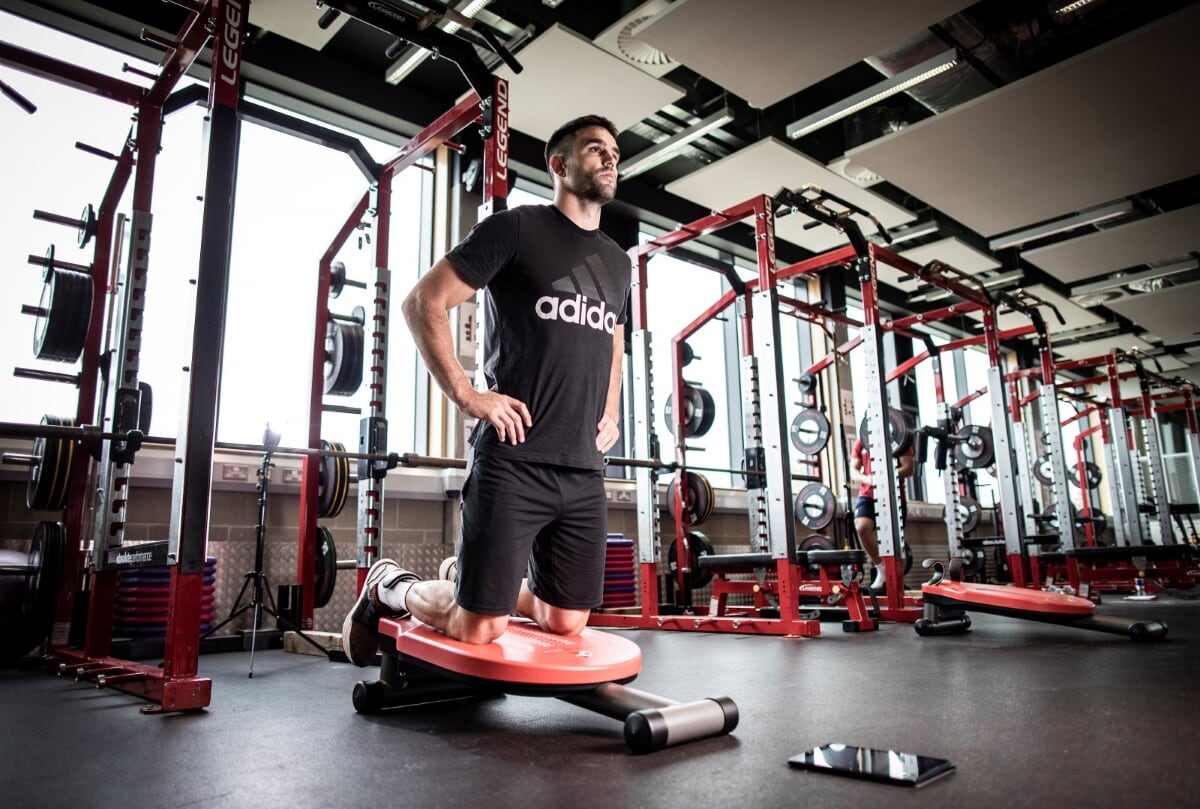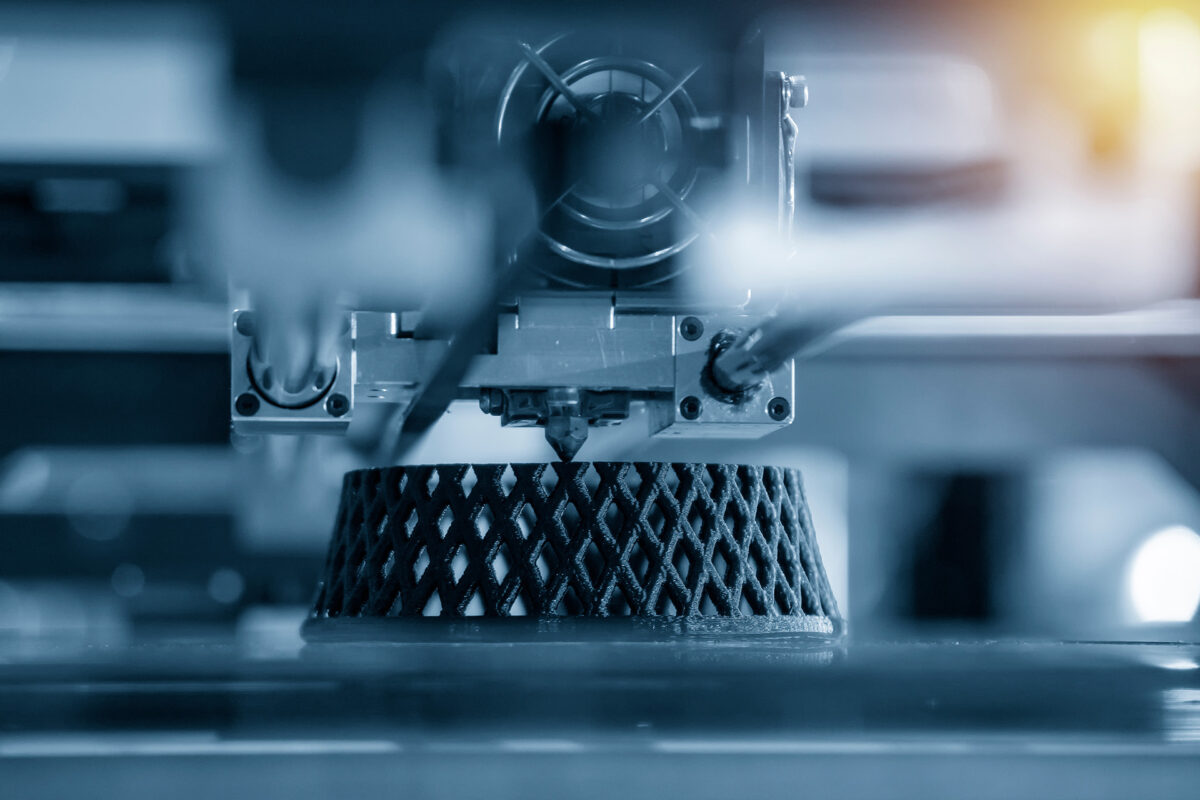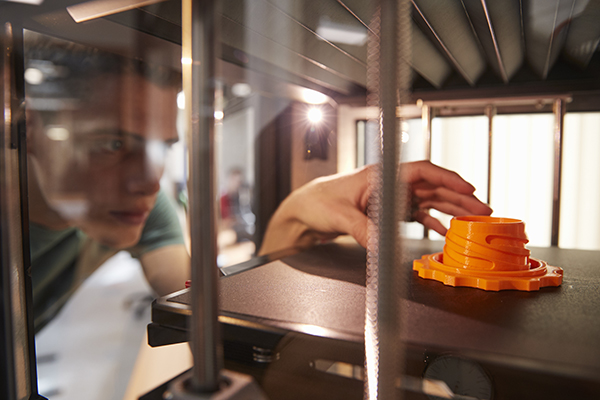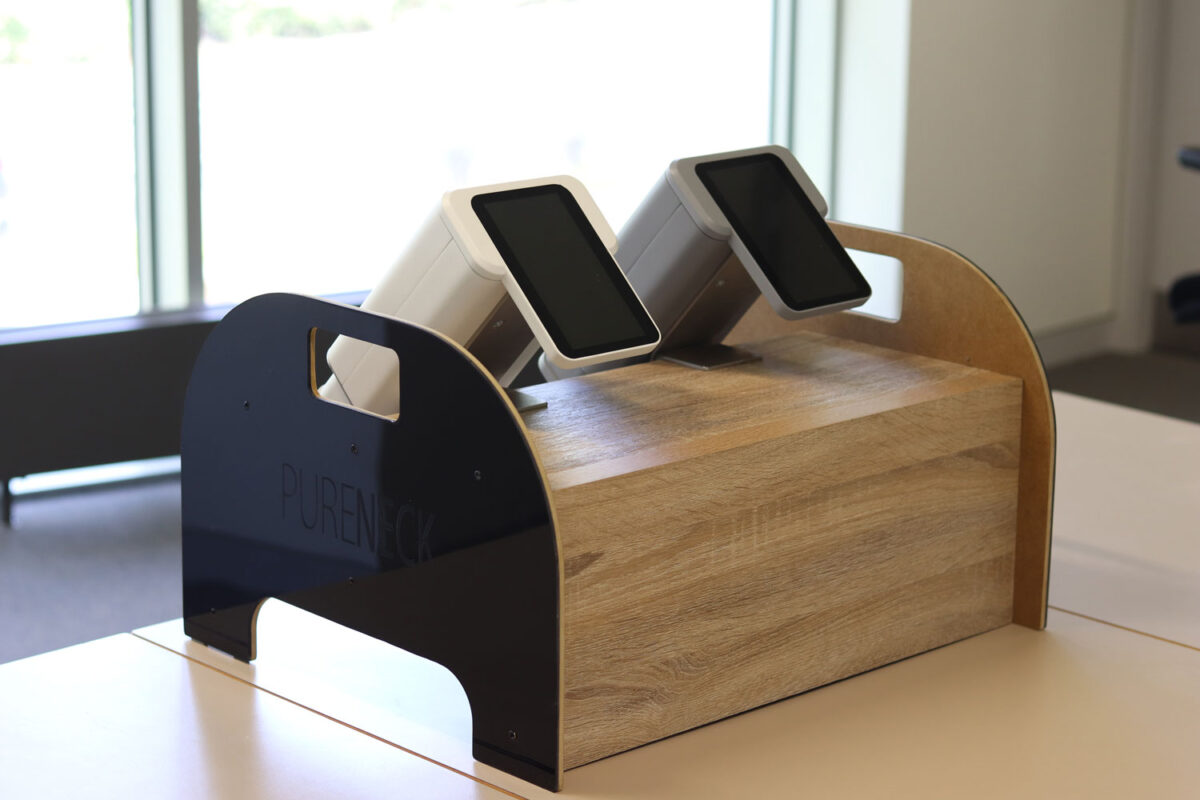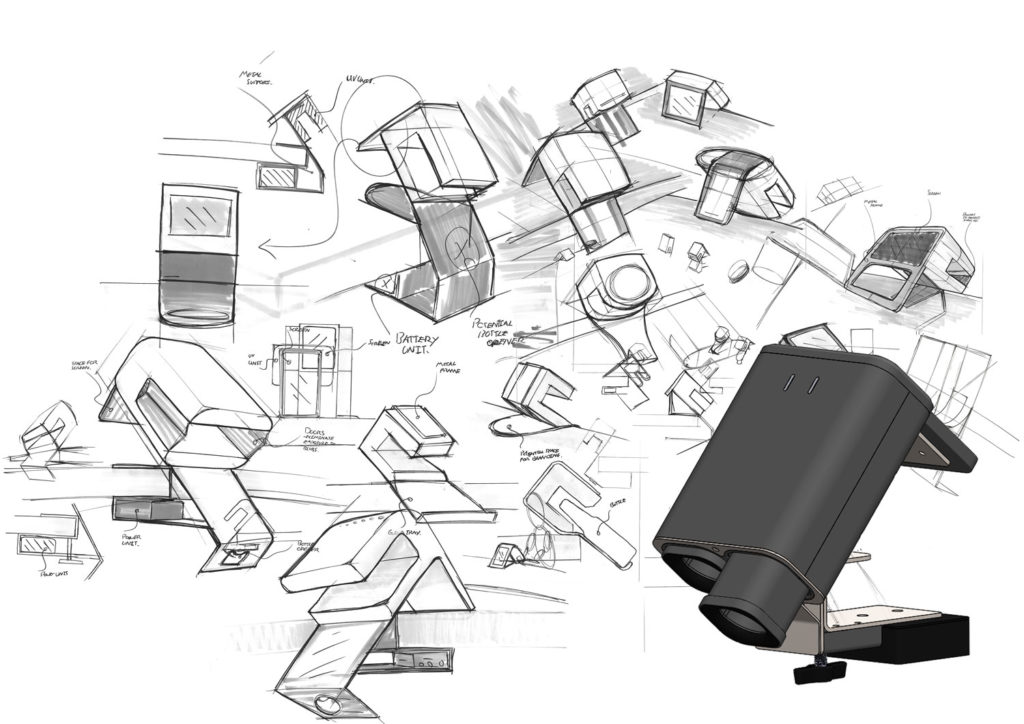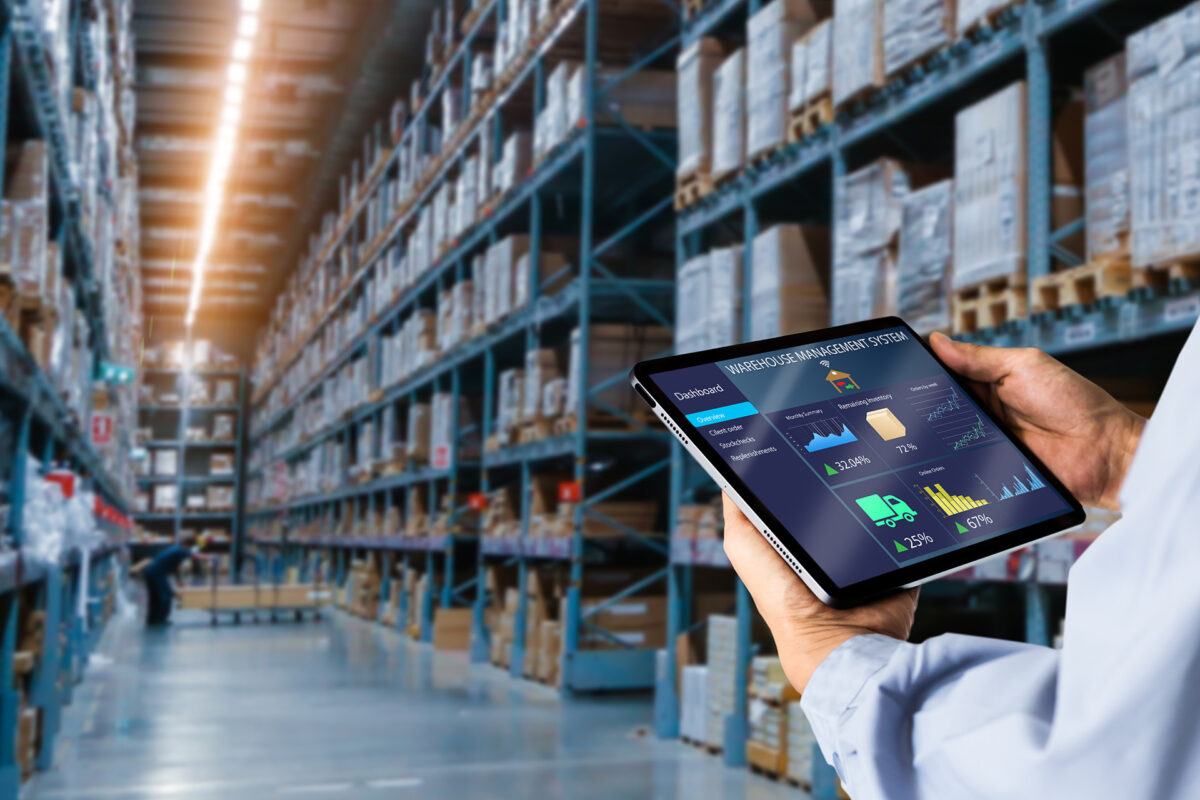Hamstring Solo
Siobhan Mockler
on
December 2, 2024
- Case Study
Hamstring Solo
Hamstring Solo is a fitness and testing apparatus for professional sports teams. Hamstring injuries are the number one injury in elite sport. Current exercise methods are not measurable and are often completed incorrectly, thus prolonging the injury. The Hamstring Solo allows athletes to undertake and complete exercise correctly.
Design+ engaged with the client at the early stage of design development of the Hamstring Solo Pro through an Enterprise Ireland Innovation Voucher.
The task for Design+ was to redesign the existing prototype with considerations for manufacture methods and material selection. The working mechanism, which also allowed Hamstring Solo to be used as testing apparatus, needed to be developed and solutions sought for the design issues it presented in earlier prototypes. The visual presence of the product was also addressed in the design of the overall colour pallet and feel of the product. The feet and end caps of the product were given a distinguishing design along with the kneeling pads. Addressing the visual presence of the product ensured that the physical design communicated strength and technical excellence. The development was carried out in conjunction with the Institute’s rehabilitative science research group, combined with design thinking.
The client has subsequently secured sales with the IRFU as well as three inter-county hurling teams and have released a new Elite solo elite design and builds upon the Hamstring Solo pro.

